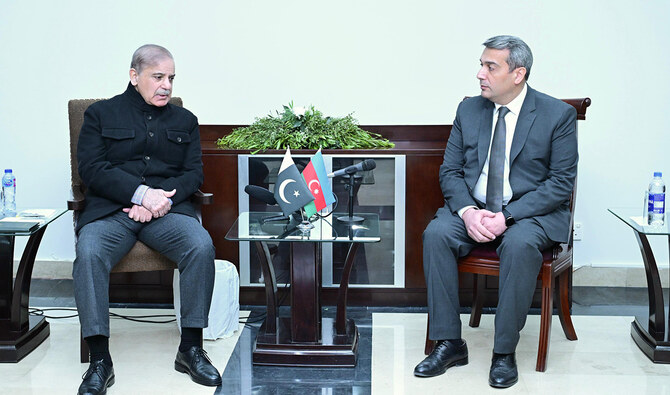ISLAMABAD: Acute water shortages in Pakistani reservoirs have hit electricity generation in the country and at least three major crops including rice, cotton and sugarcane, officials said on Monday as the federal government reduced around ten percent water supply to the provinces.
Pakistan has two major water reservoirs, the Mangla and Tarbela dams, on the Jhelum and Indus rivers which are about to hit “dead level” due to reduced water inflows from the northern areas where low temperatures are resulting in the slow melting of snow and glaciers.
The temperature in the country’s northern regions is usually above 25 degrees Celsius during this time of the year, but currently stands at around 15 degrees Celsius due to thick clouds.
Pakistan’s river flows are heavily dependent on glacial melt (41 percent), snowmelt (22 percent) and rainfall (27 percent).
“We are left with only eight to ten days of water in our dams, and if the temperature doesn’t improve in northern areas, especially Skardu, a crisis-like situation may emerge in a couple of weeks,” Mohammed Khalid Idrees Rana, director of operations at the Indus River System Authority, told Arab News on Monday.
“We have reduced the water supply from five to ten percent to provinces from today, and if the water inflow doesn’t improve in a week, this will be reduced further,” Rana said, adding that water shortages are bound to hit rice, sugarcane, cotton crops and orchards “severely.”
The South Asian nation generates cheap hydropower of around 7,320 megawatts through water stored in its reservoirs.
Muhammad Abid Rana, an additional director-general at the Pakistan Water and Power Development Authority, told Arab News the country’s hydropower generation had reduced up to 2,500 megawatts in recent days due to water shortages in Tarbela dam.
“We have to close down seven electricity generation units at Tarbela dam,” he said. “If the water level doesn’t improve in the coming days, hydropower generation will further reduce.”
Pakistan is home to 7,253 glaciers, with more glacial ice than any other country on earth outside the polar regions.
But climate change is “eating away Himalayan glaciers at a dramatic rate,” a study published last year in the journal Science Advances said. As glacier ice melts, it can collect in large glacial lakes, which are at risk of bursting through their banks and creating deadly flash floods downstream. More than 3,000 of those lakes had formed as of 2018, with 33 of them considered hazardous and more than 7 million people at risk downstream, according to the UN Development Program.
Now, lower temperatures have added a new dimension to the problem of flooding.
“If we receive committed rainfall in monsoon, we can fill up our dams and provide due share of water to provinces for crops,” Rana from the Indus River System Authority said.
Pakistan’s water storage capacity is now only enough for 33 days which, experts say, should be increased to at least 100 days to ensure much-needed water supplies for agriculture, industry and other purposes.
The Indus system receives an annual influx of 134.8 million acre-feet of water, while Pakistan receives snowfall only in the northern areas during winter.

















